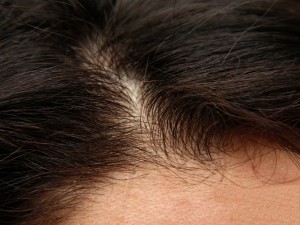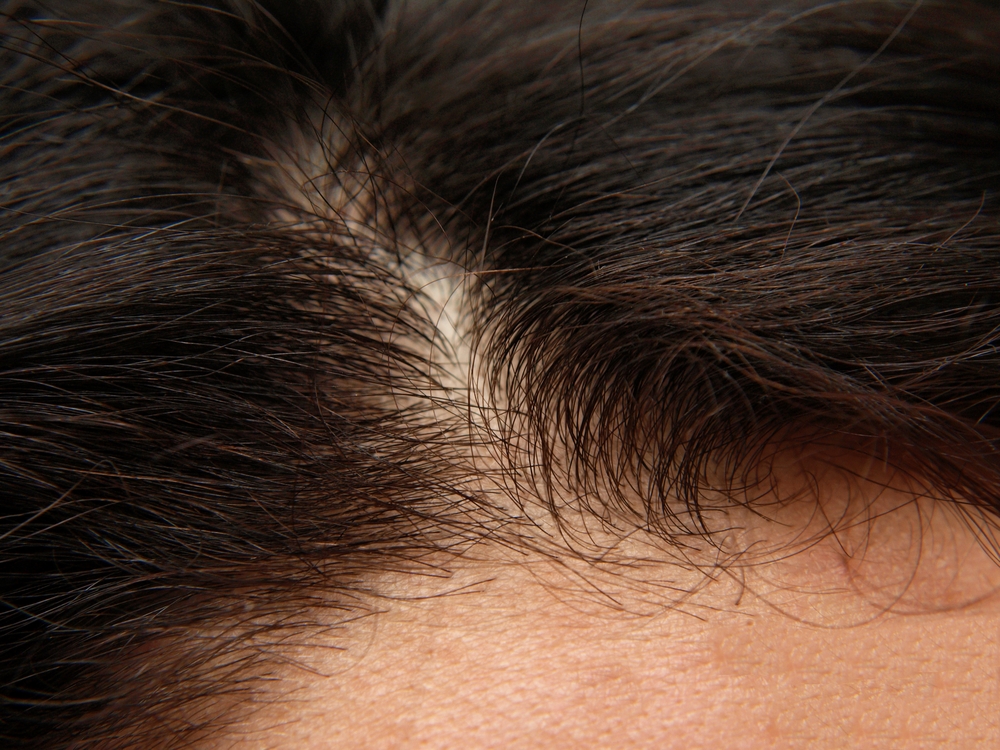 In a recent study titled “Hair shaft miRNA-221 levels as a new tumor marker of malignant melanoma”, published in The Journal of Dermatology, a team of researchers from Kumamoto University, Japan, assessed the hypothesis that hair shaft micro RNA (miR)-221 levels could be used as a marker for malignant melanoma (MM).
In a recent study titled “Hair shaft miRNA-221 levels as a new tumor marker of malignant melanoma”, published in The Journal of Dermatology, a team of researchers from Kumamoto University, Japan, assessed the hypothesis that hair shaft micro RNA (miR)-221 levels could be used as a marker for malignant melanoma (MM).
This hypothesis derived from data demonstrating that serum levels of miR-221 could be used as a tumor marker for this type of malignancy.
There are over 2,000 miRNA in the human genome, targeting almost 60% of the mammalian genes to adjust their expression. Previous studies have shown that miRNA are involved in the pathogenesis of several diseases, since they have an impact on different cellular activities, including cell proliferation, migration, angiogenesis, the immune response and carcinogenesis in vivo.
This team of researchers had previously demonstrated that miRNA are present and detectable in the hair tissue, both the hair root and hair shaft.
The team collected samples of hair shafts from 29 patients with malignant melanoma, along with patient’s information from medical records to define the clinical stage of melanoma. Researchers observed that from the total number of patients, 14 presented acral lentiginous melanoma, 6 had lentigo maligna melanoma, 5 had superficial spreading melanoma and 4 had mucosal malignant melanoma. These hair shaft samples were compared to control samples collected from 22 age and sex matched individuals.
RNA was collected from the samples and amplified using quantitative reverse transcription polymerase chain reaction. The team observed that miR-221 was present at detectable levels in the hair shafts, and that the amounts of increased hair shaft miR-221 concentrations were comparable with those found in the serum of malignant melanoma patients.
Overall, miR-221 hair shaft levels in malignant melanoma patients were significantly increased when compared to healthy controls, potentially indicating it as a new diagnostic biomarker for this type of malignancy.
As the authors conclude in their study, “the hair shaft miR-221 levels were shown to have potential clinical value in the diagnosis of MM. Hair shaft biomarkers may provide a useful and cost-effective tool for the risk assessment of malignant melanoma”.


